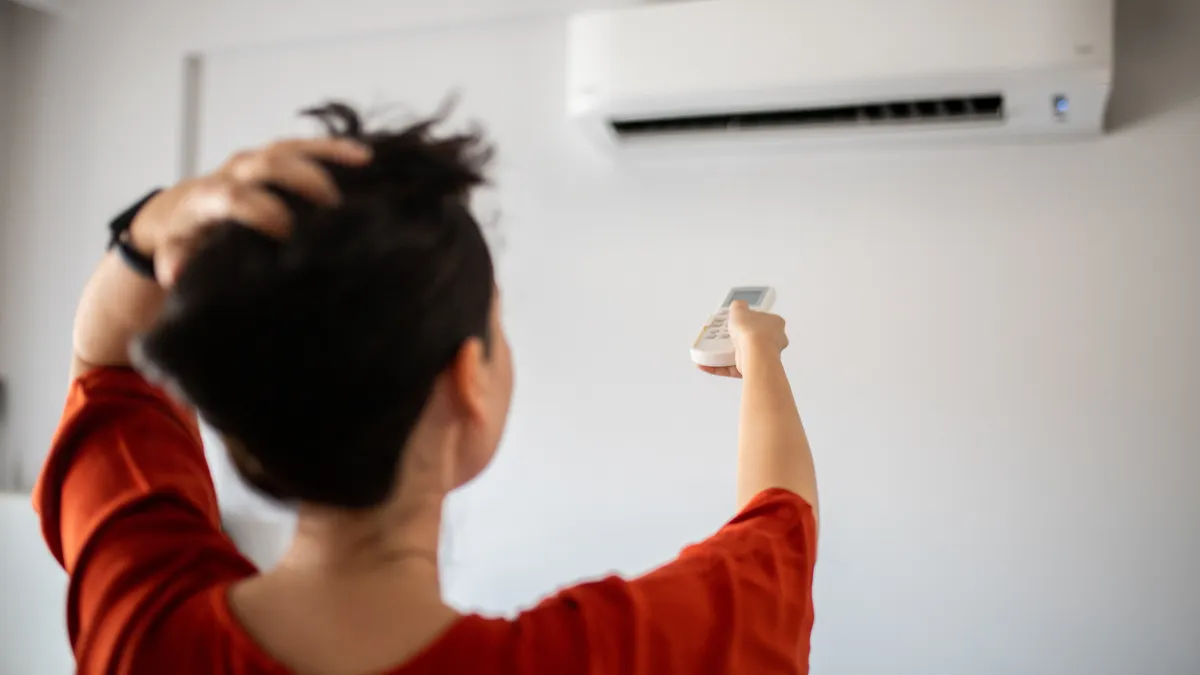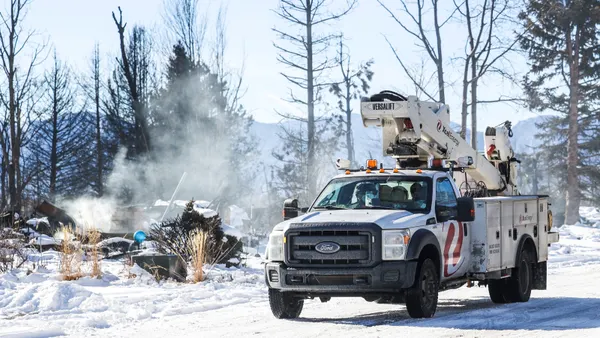Dive Brief:
- Energy bills are gobbling up significant amounts of U.S. low-income households’ annual income, warns a policy brief released Wednesday by the American Council for an Energy-Efficient Economy.
- Low-income households spent a median of 8.3% of their annual income on energy bills, surpassing the 6% threshold typically used to indicate a high energy burden, the analysis finds. Energy burdens for residents of Northeastern and Mid-Atlantic cities like Boston, Baltimore, New York and Washington, D.C., were particularly high.
- The ACEEE urged policymakers and regulators to prioritize low-income households for energy efficiency investments, remove barriers households face in accessing energy programs and increase funding for energy efficiency and weatherization.
Dive Insight:
Homes inhabited by low-income families are more likely to have poor insulation and outdated HVAC systems as well as air leaks, Roxana Ayala, lead author of the policy brief and senior local policy research analyst at ACEEE, said in a statement.
One in four low-income households spends more than 15% of its annual income on energy bills, according to the policy brief. The research looked at 2021 federal American Housing Survey data for most metro areas and 2019 data for cities where 2021 data was not available.
“The households that are least able to afford the upfront costs of home energy upgrades are the ones that most need utility bill savings, so bringing low- or no-cost efficiency improvements to them is vital to reduce their burdens,” Ayala said. ACEEE says it publishes energy burden data to help governments, advocates and others understand the scale of energy insecurity and inequity in order to prioritize investments.
Other equity-focused advocacy groups have also recently called on policymakers to better address low-income people’s energy burdens, especially as climate change-driven heat waves potentially lead people to run cooling equipment more often. The Natural Resources Defense Council and WE ACT for Environmental Justice released a policy brief last month pushing Congress to increase support for the “chronically underfunded” Low-Income Home Energy Assistance Program. LIHEAP helps households with heating and cooling bills, weatherization and minor energy-related home repairs.
The U.S. has a “gaping need” for state and local programs that improve housing quality, Sophia Wedeen, a senior research analyst at the Harvard Joint Center for Housing Studies, told Smart Cities Dive earlier this year. Even where these programs exist, however, they may not be enough to meet the need. Philadelphia, for example, launched a pilot home-repair program in 2021 that has been overwhelmed with demand, with many applicants left on long waiting lists.











